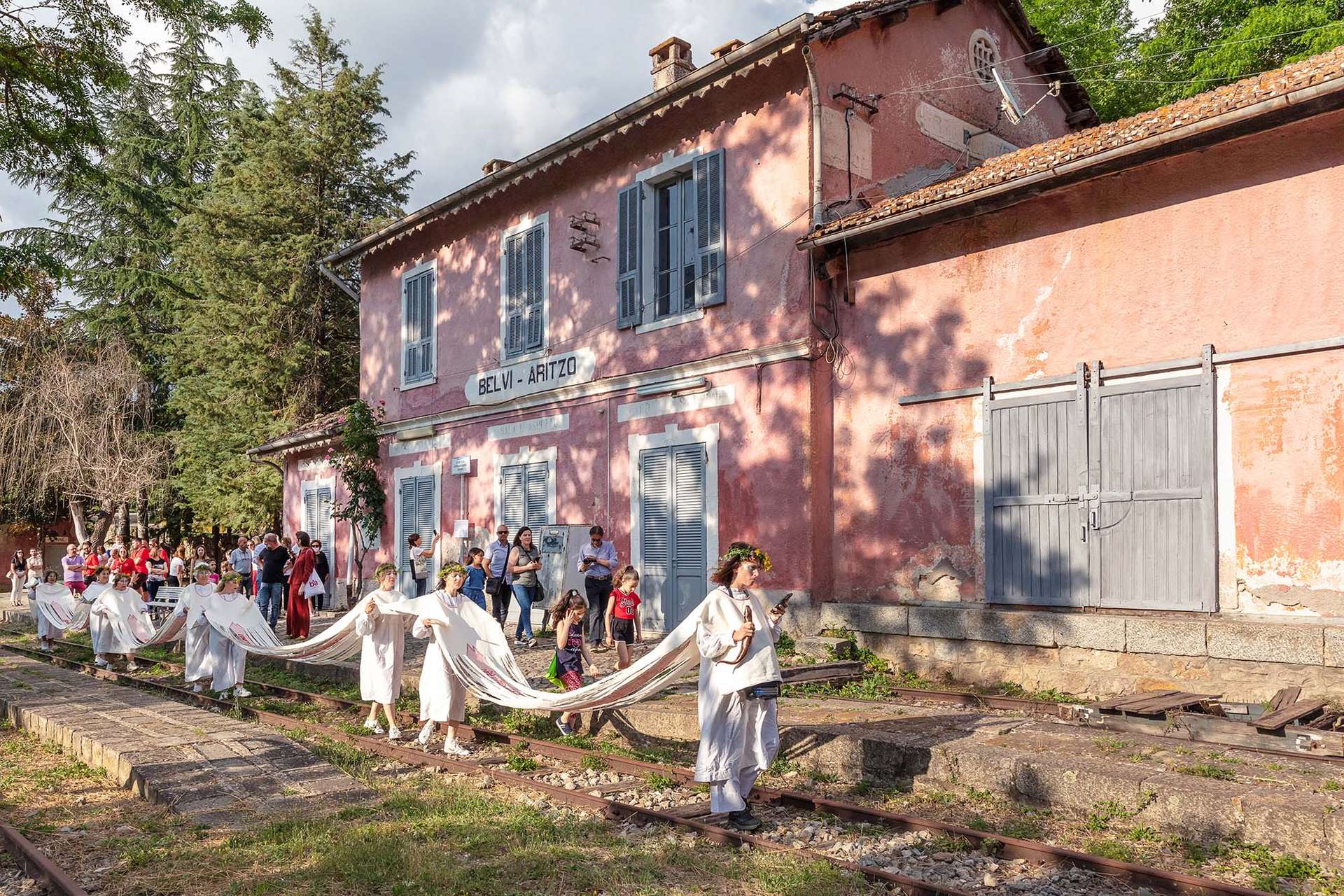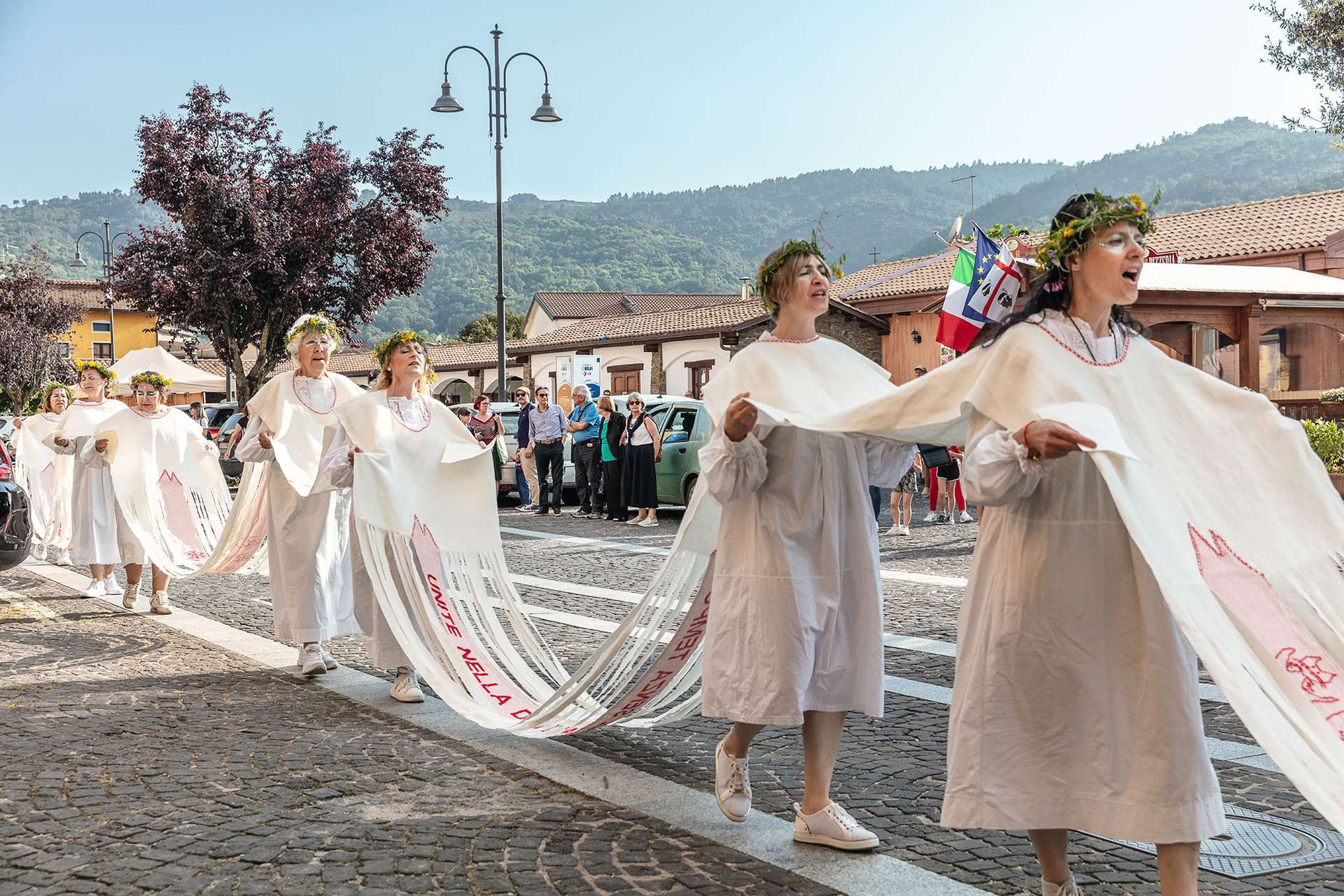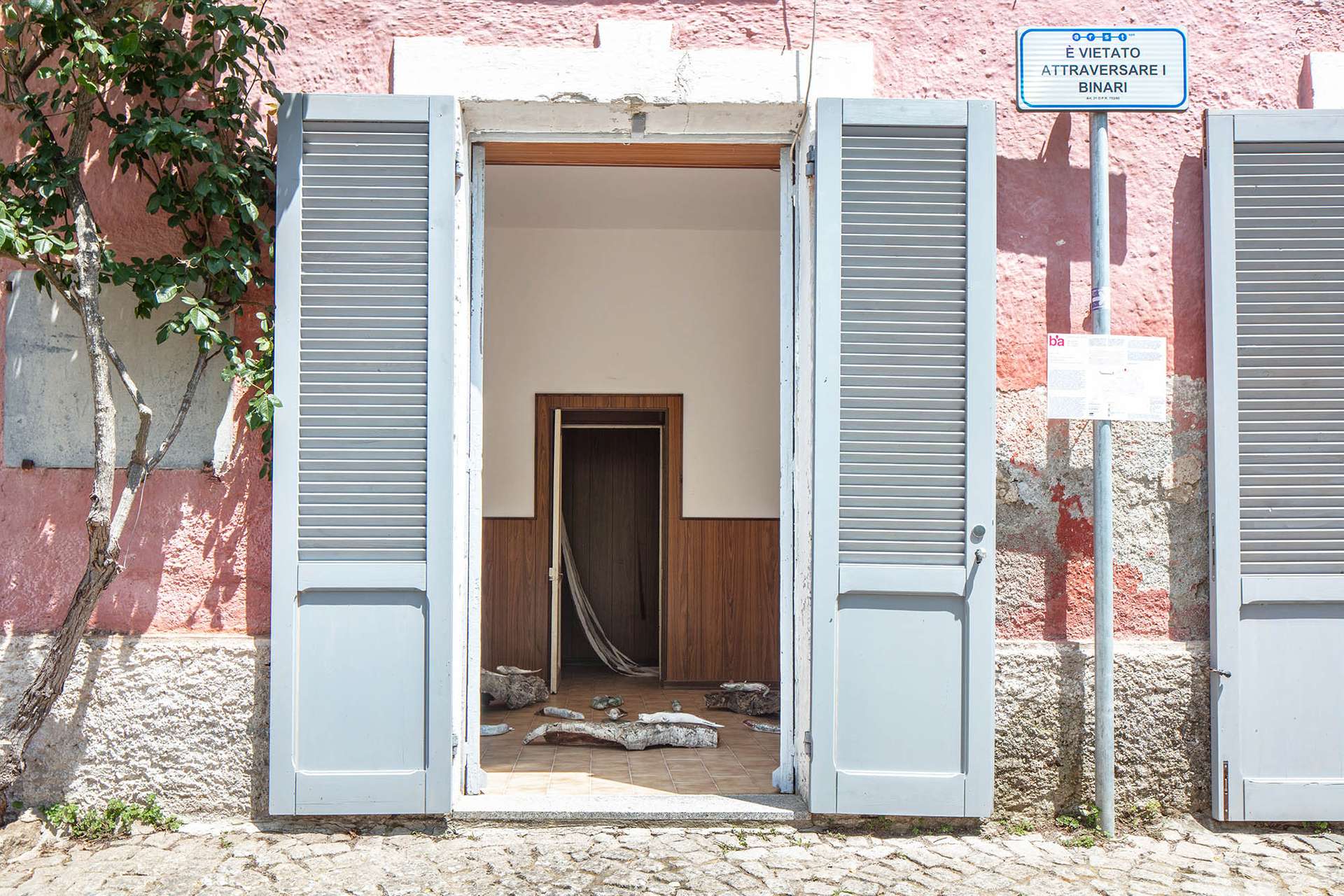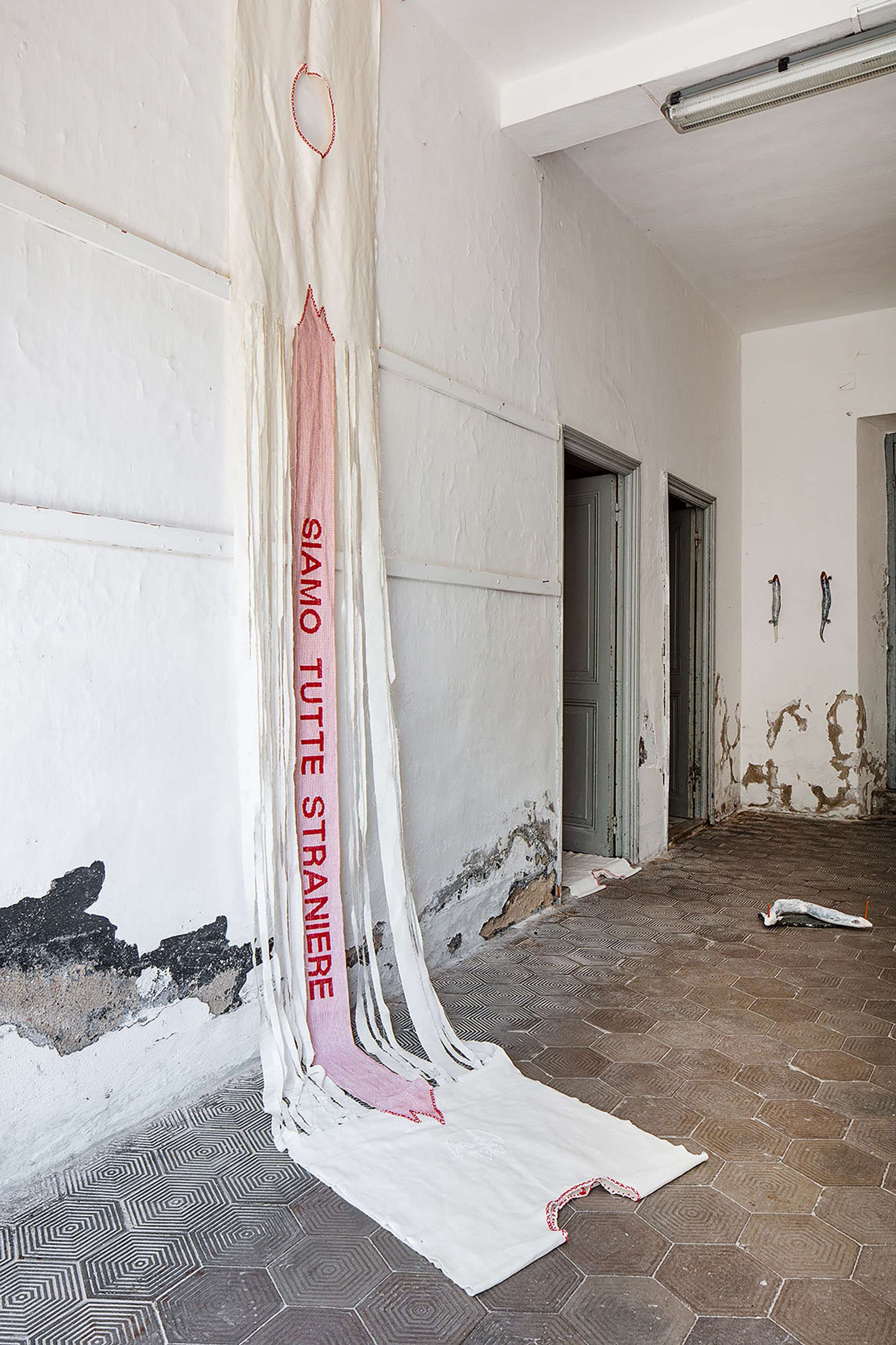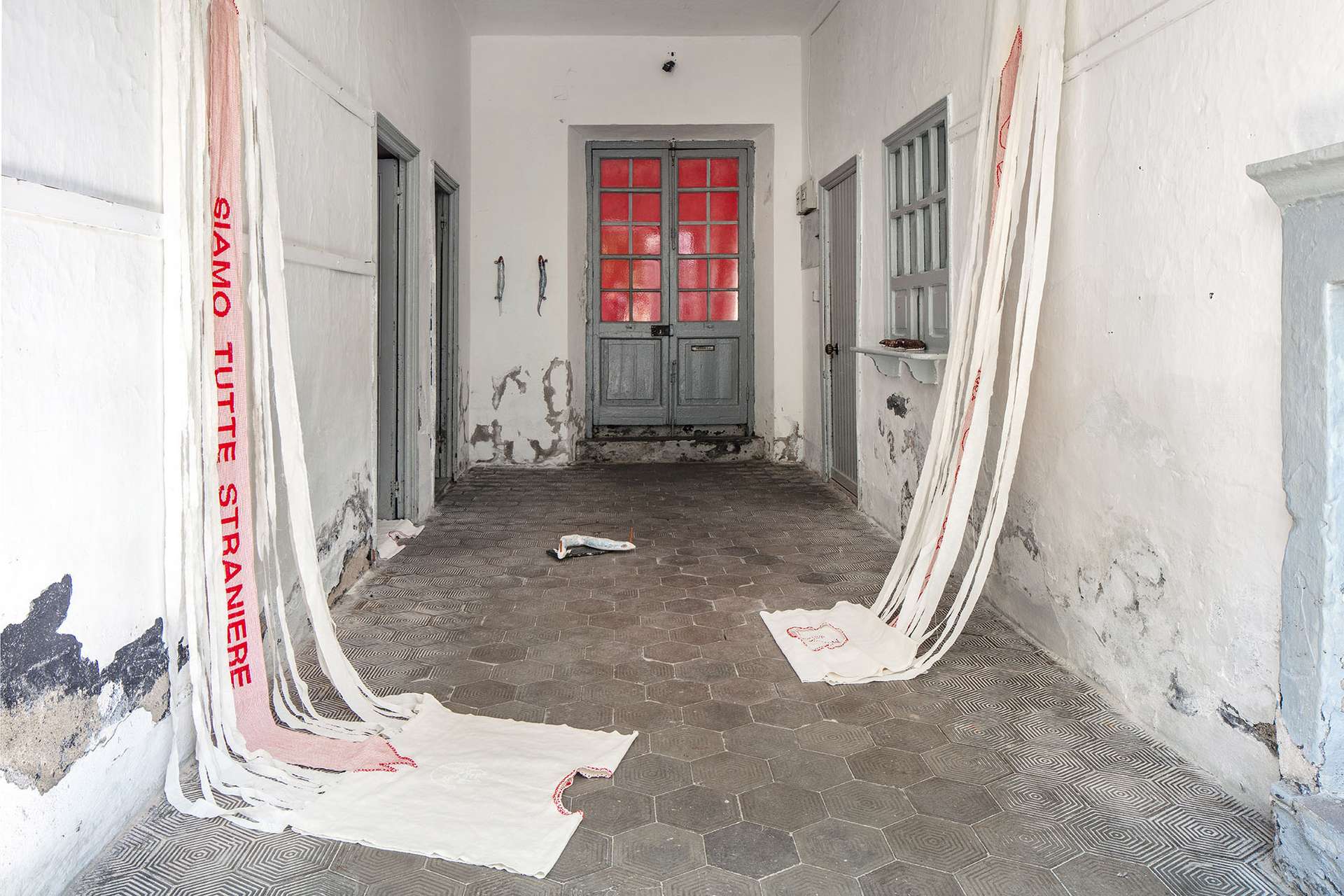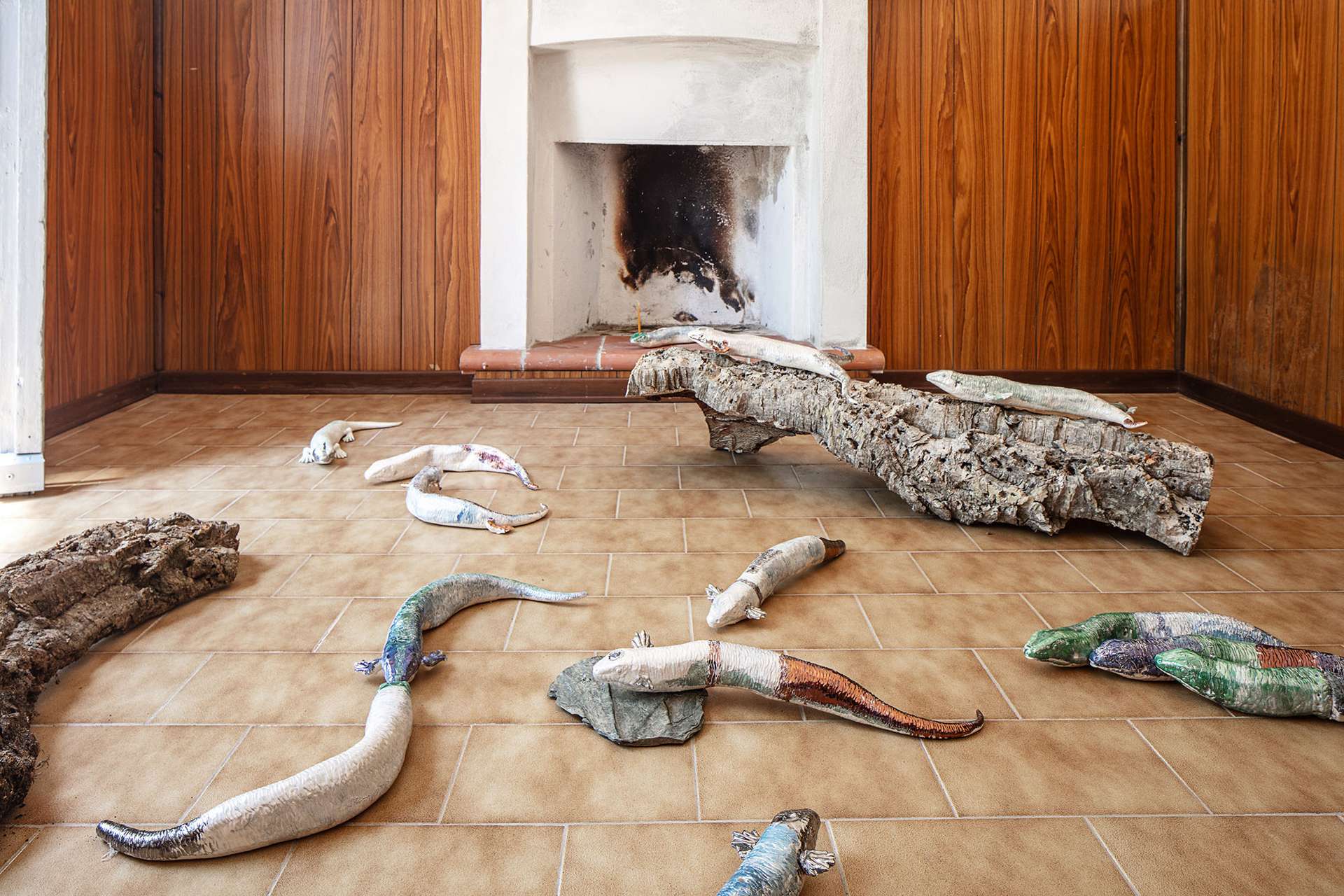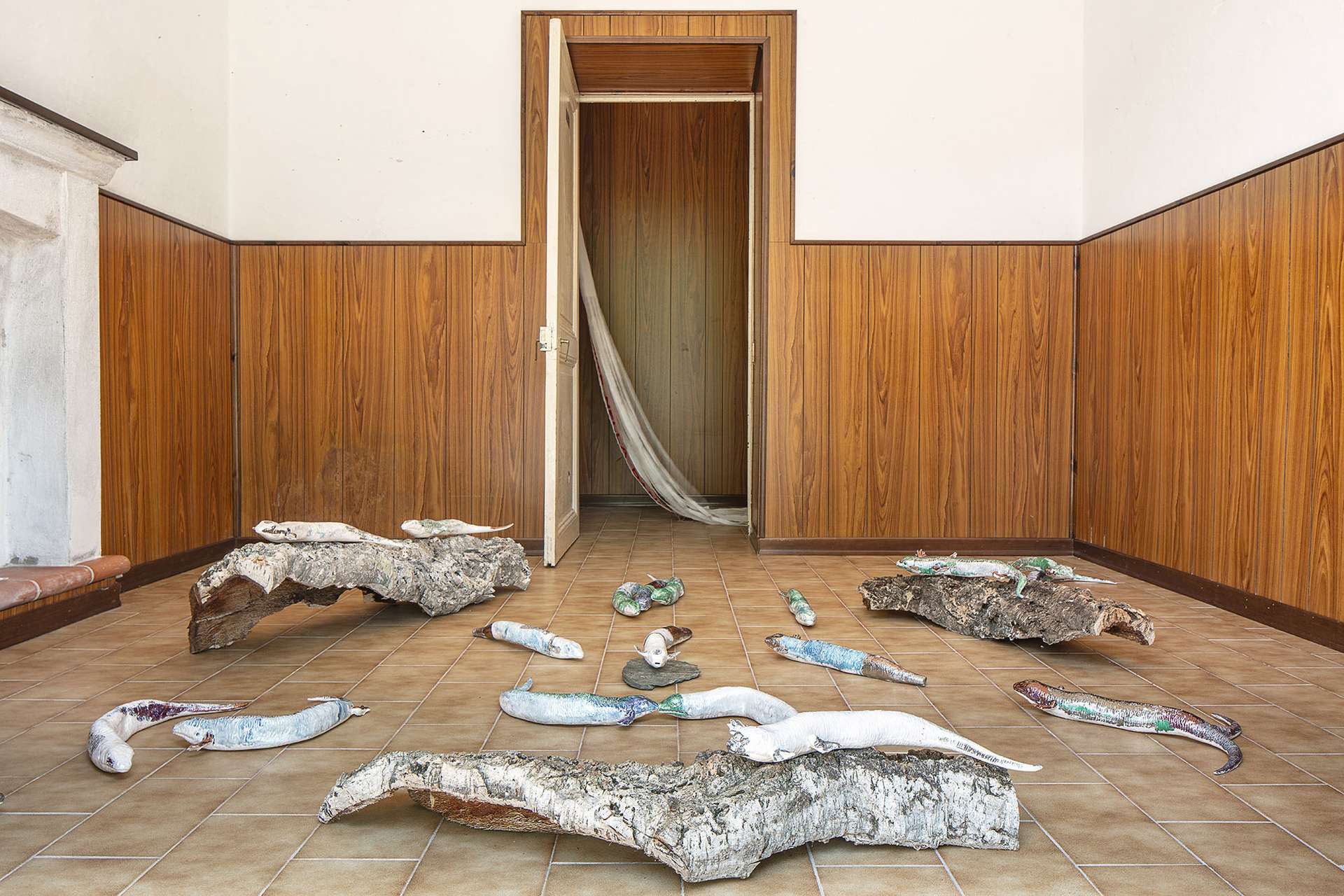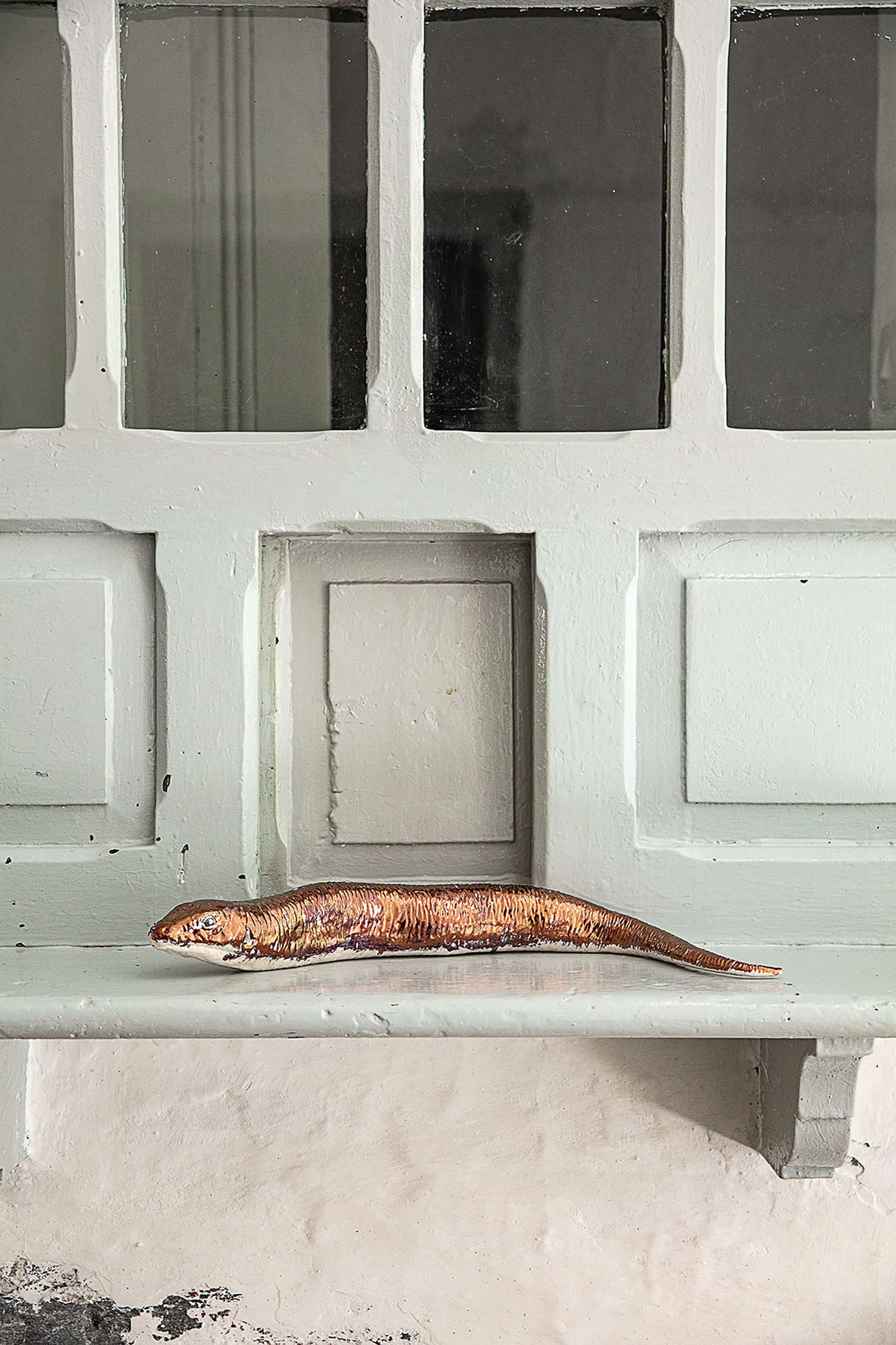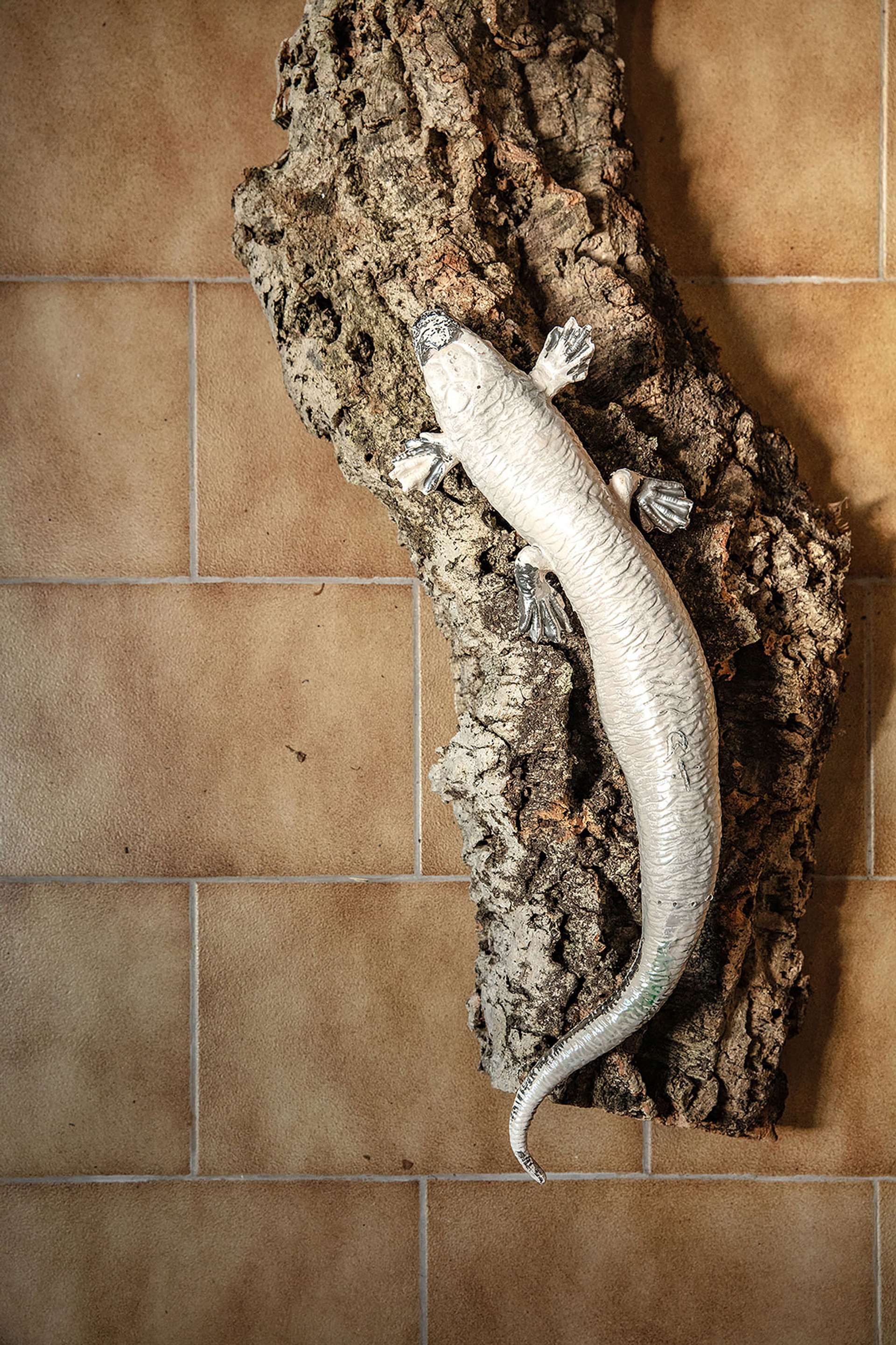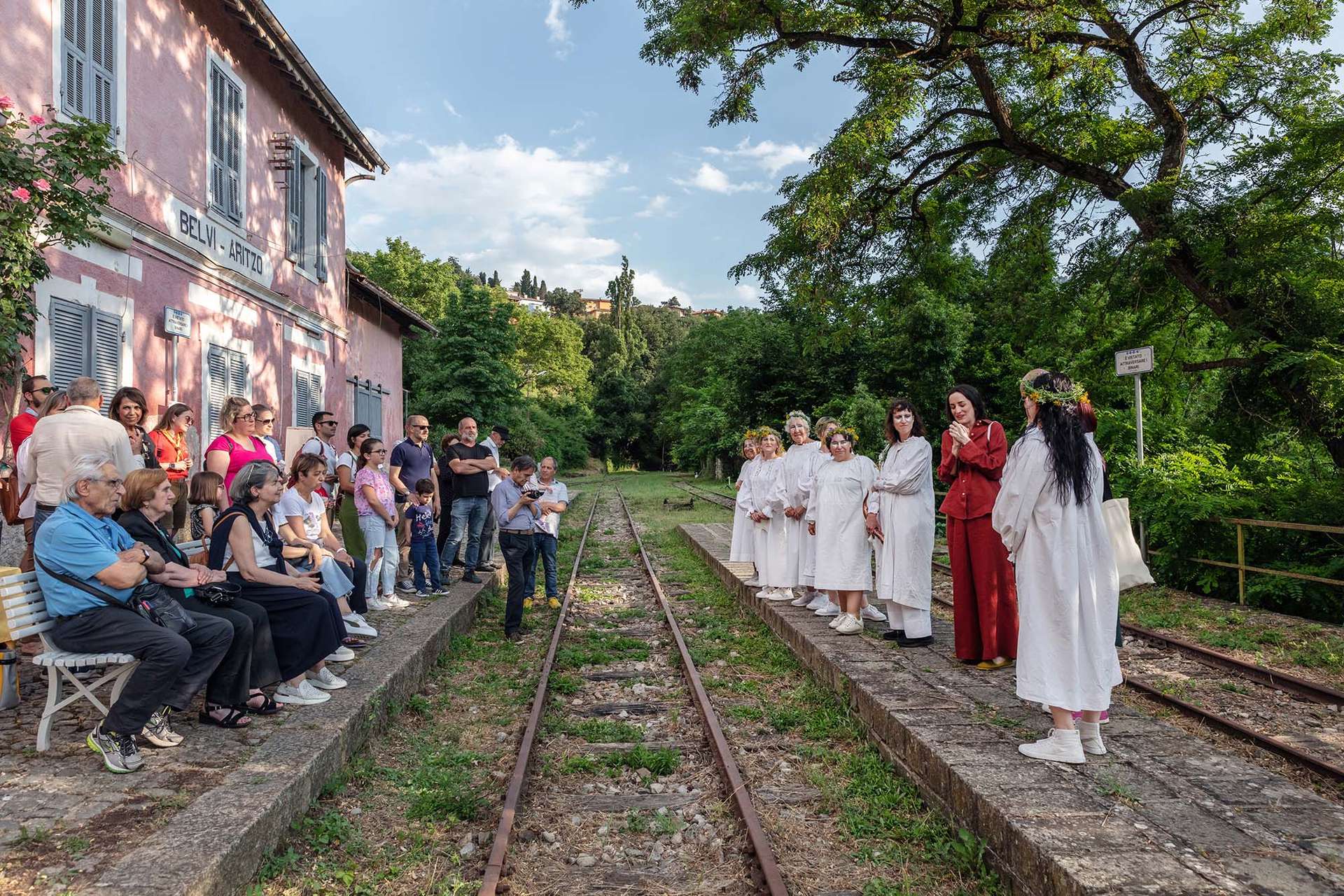“He laughed and told me that it was an imaginary animal, the asp or the basilisk, and that he knew of no animal like the one I was describing.”
Antonio Gramsci, Letters from Prison
Raffaela Naldi Rossano’s project stems from observing the collection of the future Museum of Natural Sciences in Belvì and from reading a text by Antonio Gramsci. The shared element is the Gongilo, a small reptile, a snake with short limbs, featuring in narratives midway between science and belief. In fact, according to popular tradition, it hides underground and turns into a monstrous winged creature. Because of its hybrid nature, the Gongilo takes on the role of emblem for the entire collection, which was created through scientific rigour and nurtured over time by donations, in the liminal zone between taxonomic selection and spontaneous accumulation. The snake, symbol of transformation or rebirth, is recurrent in various cultures and more specifically it is connected to the cult of the Mother Goddess, which has been deeply rooted in Sardinia since Neolithic times. The female principle becomes a central element of this artistic exploration as part of the mythological Janas, small magical creatures who inhabited the woods, skilled weavers and dancers, and of the Mother Goddess, a divinity connected to nature, birth and transformation. The artist constructs a narrative working on depiction and reality, describing a museum that exists in the imagination of the community but that has not yet taken shape, alive in a timeless condition. The imagined museum presents multiple visions through different media: the performance with the women of the village choir, ceramics in the form of the Gongilo, loom-woven textiles worn during the performance, the video, a container in which all the elements converge to transform taxonomic knowledge into a multiple, complex journey in which animals are presented, triggering, through the female element, new relationships between local legends and science. The Gongilo, a snake in metamorphosis, is the magical, transformative, hybrid element that links multiple temporalities, myth and natural reality. The performance symbolically reactivates ancestral knowledge and propitiates a new beginning for the community, strongly marked by increasing depopulation, starting with the regenerative feminine element.
ㅤ
Exhibited work:
Raffaela Naldi Rossano, SERPENTINA. Per un mūsēum senza tempo, 2023. Loom fabric, ceramic, video. Variable dimensions.
Stazione di Belvì – Aritzo, Belvì.
ㅤ
STARTING FROM A PRISON LETTER BY GRAMSCI ABOUT THE GONGILO, I EXPLORE THE ARCHETYPE OF THE SNAKE IN AN ATEMPORAL KEY BY MEANS OF AN INSTALLATION OF VIDEOS AND SCULPTURES COMPARING THE SACRALITY OF NATURE WITH THE COMMUNITY OF BELVÌ AND ITS ORAL AND SCIENTIFIC KNOWLEDGE, WITH THE INTENTION OF REACTIVATING A NATURAL SCIENCE MUSEUM AS A CONTAINER FOR NEW NARRATIVES
Raffaela Naldi Rossano (Naples, 1990) lives and works between Naples and Athens; she graduated in 2016 from Goldsmiths College, London. Her latest film WARP, 2022, part of the research Partenope, was presented at LIAF - Lofoten International Art Festival (NO, 2022), curated by Francesco Urbano Ragazzi, and at Cinema Galleggiante in Venice, curated by TBA21 Academy and Barbara Casavecchia. In 2020 she participated in the Quadriennale in Rome and recent solo exhibitions include: Undomesticated Voices, double solo show with Lara Damaso, Istituto Svizzero, Milan (IT, 2022); How She Spins, Damien and the Love Guru, Brussels (BE, 2022); I Confess, curated by Chus Martinez, der TANK, Basel (CH, 2019); Partenope, Aetopoulos, Athens (GR, 2019). Group exhibitions included: Spettri, Madre, Naples (IT, 2022); Utopia Distopia: il mito del progresso partendo dal Sud, Madre, Naples (IT, 2021); There is no time to enjoy the sun, Fondazione Morra Greco, Naples (IT, 2021); Onde tra noi, Fondazione Sandretto Re Rebaudengo, Guarene (IT, 2020);Fare Deculturalizzazione, Museion, Bolzano (IT, 2019); Che i ponti brucino, Manifesta, Palermo (IT, 2018).
THE WORK WAS CREATED FROM THE OBSERVATION OF THE COLLECTION OF THE FUTURE NATURAL SCIENCE MUSEUM IN THE VILLAGE AND TELLS OF A MUSEUM THAT EXISTS IN THE IMAGINATION OF THE COMMUNITY, IN A TIMELESS STATE
Belvì is a municipality with a population of around 600 people, located in the province of Nuoro, in the centreof the mountainous Barbagiaregion. It is on the slopes of the Gennargentu massif, along Mount Genna deCrobu, where Mount Pitz'e Pranu is a dominant landscape feature, a limestone outcrop that is part of the SCI natural oasis ‘Su de Maccioni-Texile di Aritzo’. Even though it is a small village that has never exceeded 1,000inhabitants, in the past it was the hub of the economy of the entire Barbagia region, partly due to the presence of the railway station. Despite local efforts to combat social vulnerabilities, consolidate a sense of belonging and encourage economic development towards a perspective of comprehensive protection and sustainability, the town of Belvì–like many Sardinian municipalities–suffers from a demographic crisis, symptomatic of isolation, inadequate infrastructure and unemployment. Local traditions and the area's human, natural, artistic and cultural heritage make this village, surrounded by thick forests of oaks, holm oaks, holly and hazelnut trees, quite unique. The neighbouring Valle de S'I scaravalley has a wealth of orchards, rare tree species, centuries-old walnut trees and beautiful views. The Museum of Natural Science in Belvì displays the remarkable variety of fauna, and also has collections of minerals and fossils. Just outside the village are numerous Domus de Janas, prehistoric rock-hewn tombs typical of pre-Nuragic Sardinia, where tools and ceramics have been discovered dating from between the Neolithic and Ancient Roman periods.
